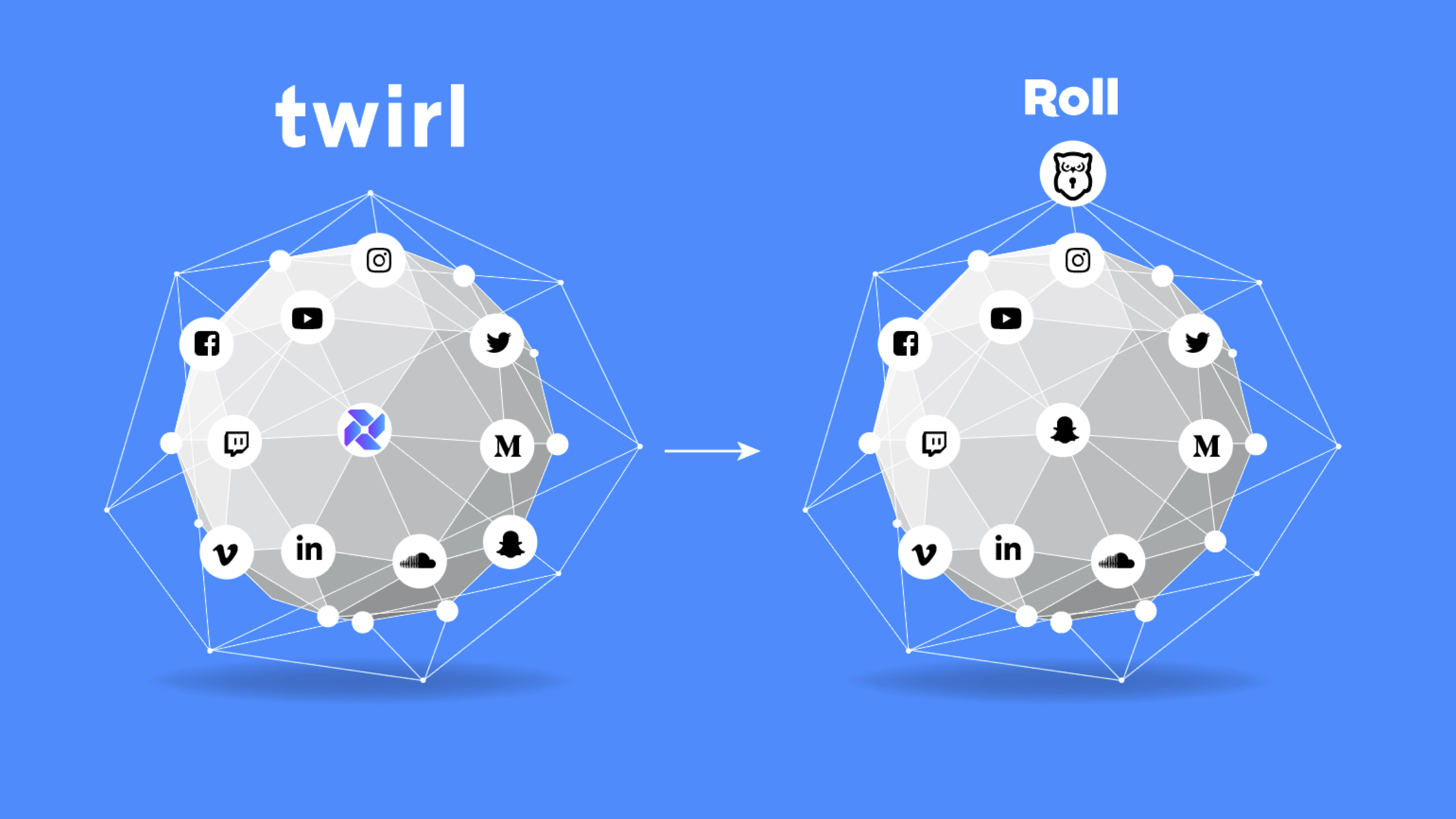Design Challenge
The problem
Creators are not able to fully monetize their clout on social networks. Furthermore, creators feel that their fans (audience) is being held captive by social platforms; they can’t just pick up and move to a different service.
The value proposition
The initial idea was to mint a crypto currency for each creator and give them the tools to engage and grow a micro-economy around their online communities. The Fancoin system would allow creators to engage with their audience in the digital world and IRL, in real life by rewarding them with the creator's own social tokens. Once enough tokens have been earned, they can be traded for goods and services.
The Personas
Social media creators with over 10K followers were the primary persona. The secondary persona would be the fans. In order for the idea to work, two things needed to happen.
- The distribution of the cryptocurrencies from the Creator to their fans.
- The product would need to encourage the spending of the currency for goods or services offered by the creator.
Solution
User Journey Mapping
The team decided to jump right into designs. The first idea to be tested was a trivia app that allowed creators to host trivia games that would reward fans with cryptocurrencies. The fans would then use their accumulated coins to buy special offers from the Creator.

Refined User Journey
Oscar refined the journey maps of the experience, starting with the Creator experience followed by the Fan experience.
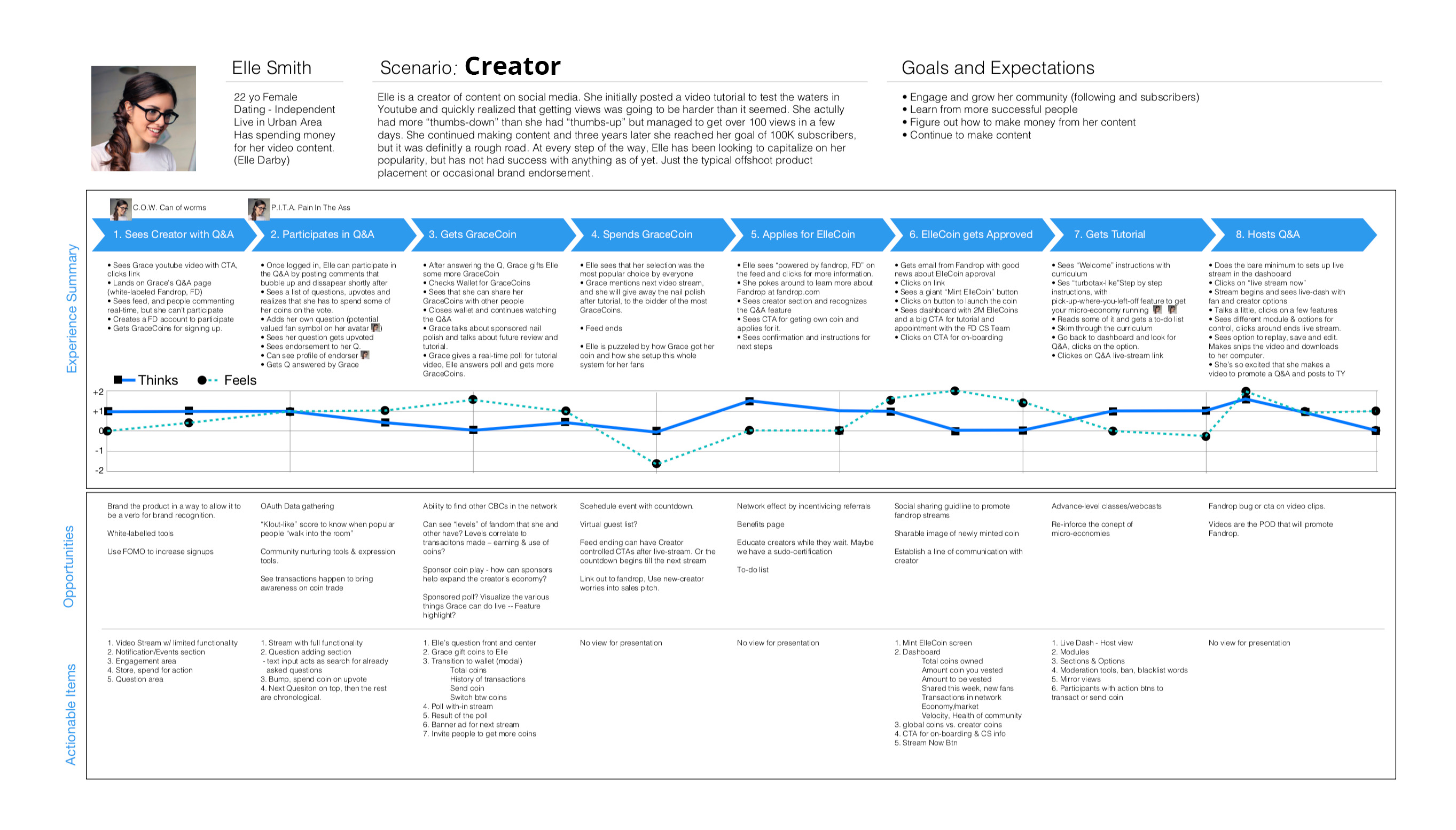
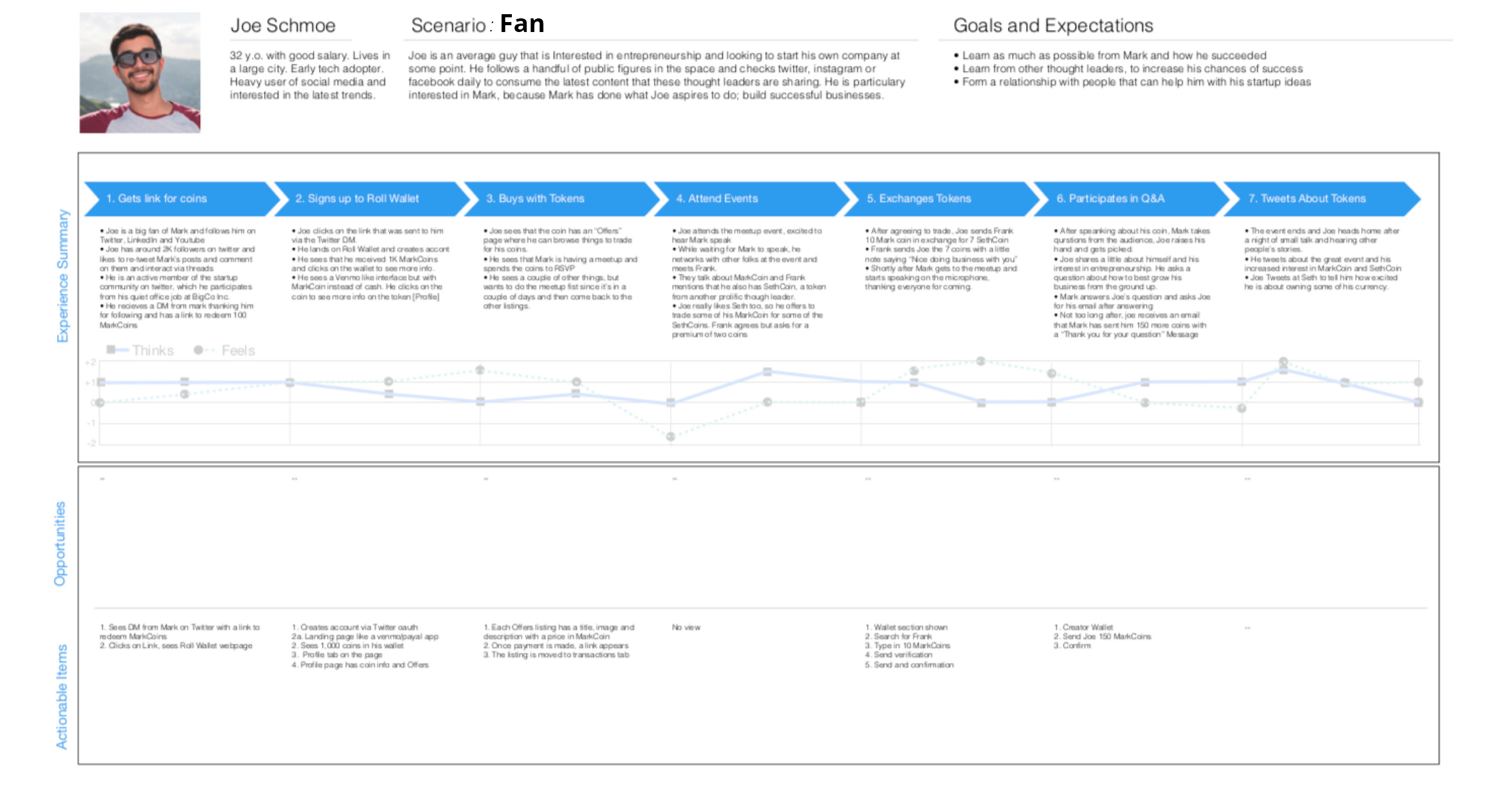
Validating the Trivia Concept with Twirl
Oscar quickly built a prototype to validate the creator experience which included minting a cryptocurrency and building a trivia game that could be shared via link.
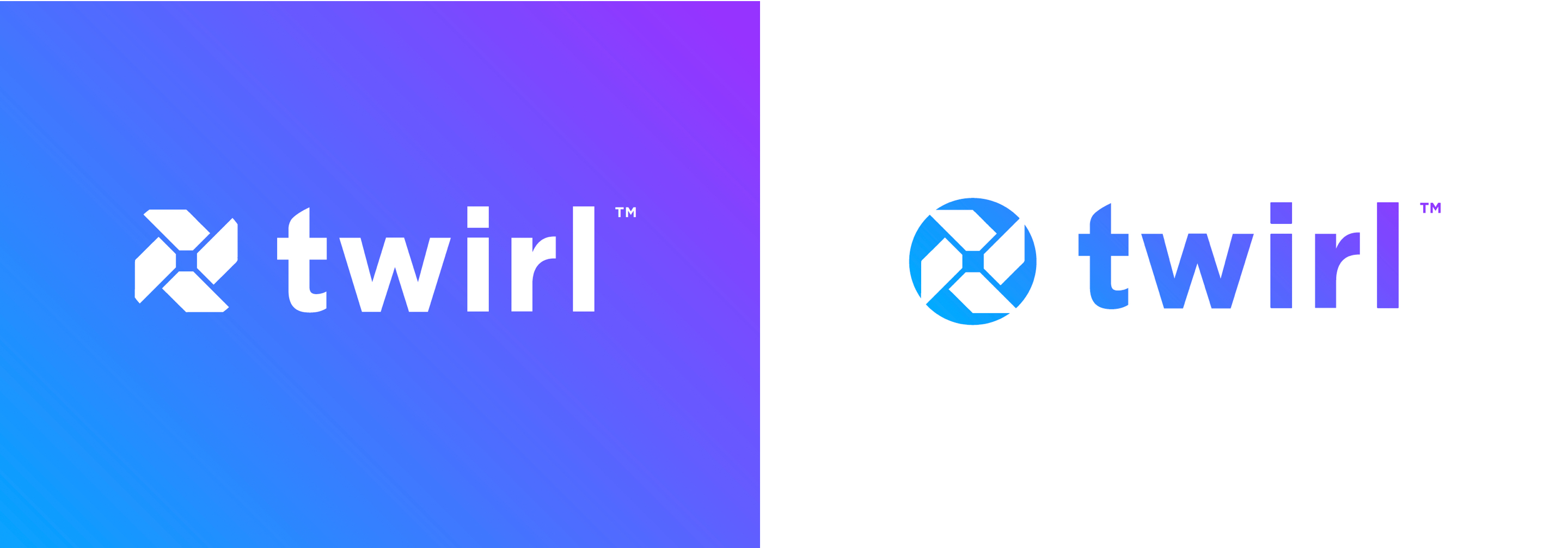
Twirl for Creators
The Twirl platform features:
- Live video streams
- Surveys
- A token distribution system for winners and participants
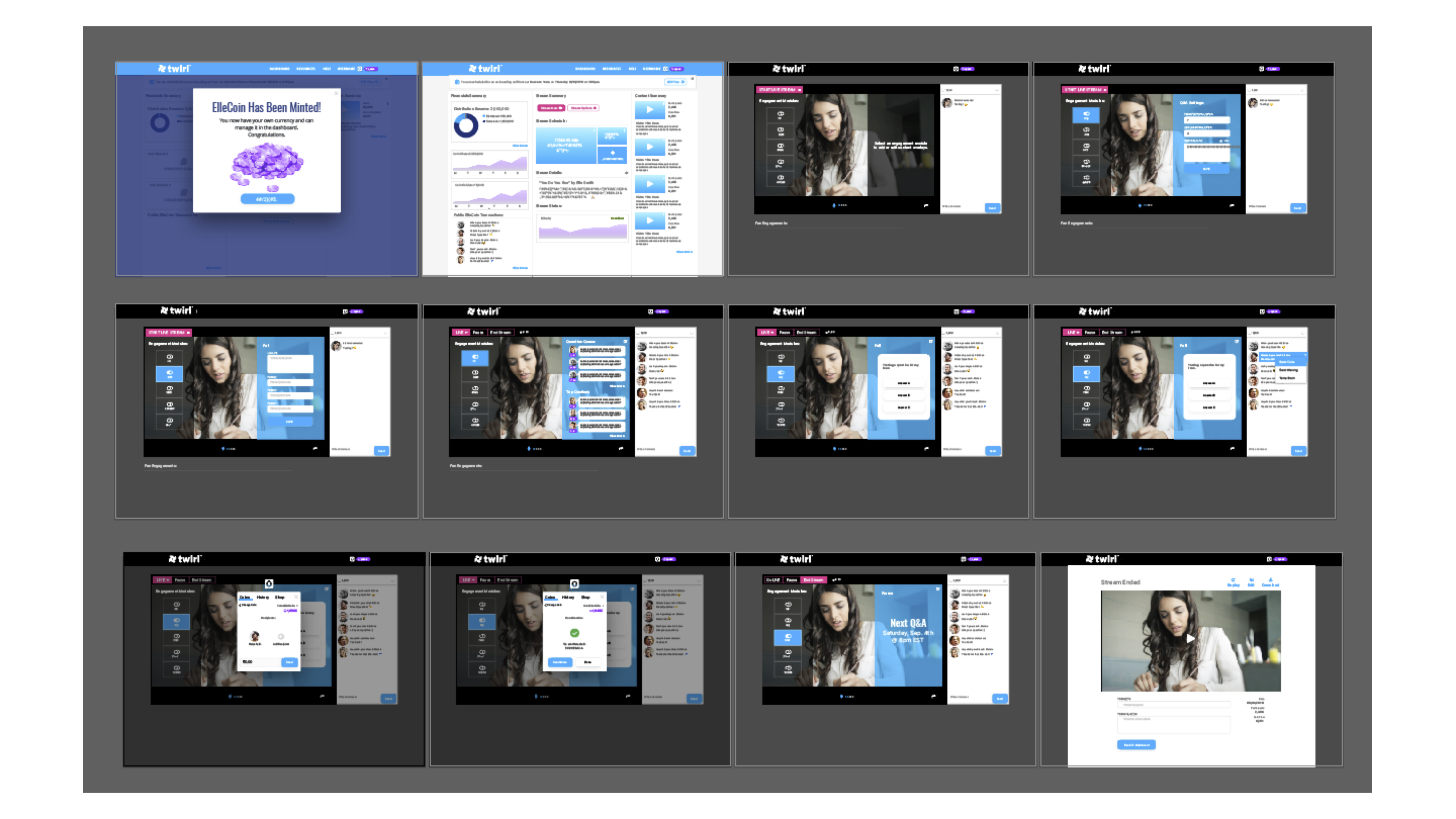
Twirl for Fans
The Twirl platform features:
- Live video streams
- A clap feature that sends tokens to creator
- Surveys
- A token distribution system for winners and participants
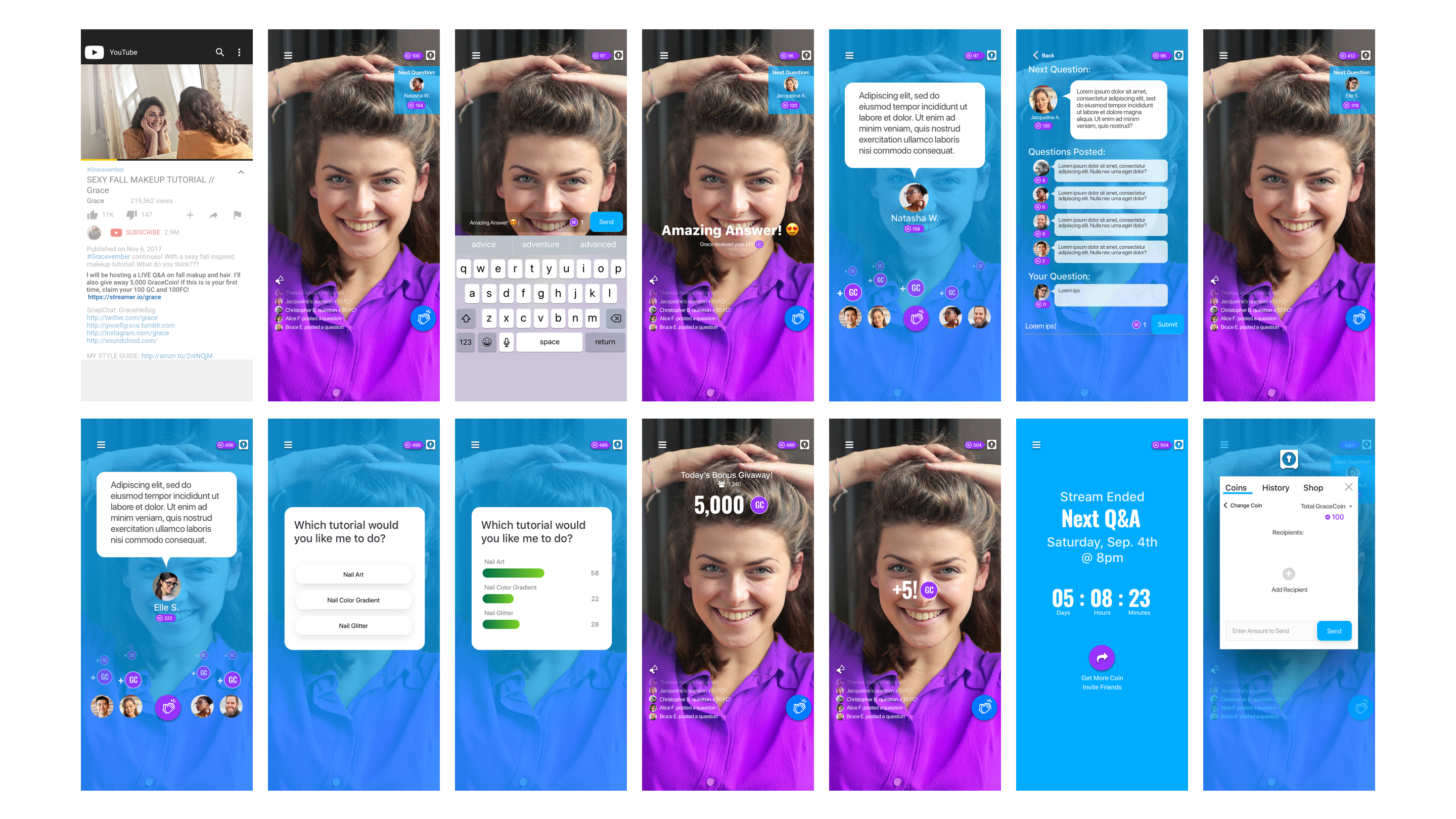
User Research
Oscar tested the two experiences with creators and their fans to get feedback and insight on engagement. The main observations were that Creators perceived the trivia game being “yet another platform” they needed to participate on to stay relevant. They also thought that the app was neat to use on occasion, but not as a daily activity.
Most people, Creators and Fans, are new to cryptocurrencies and think they are intimidating, complex and confusing. When cryptocurrencies were re-labeled as Social Tokens and assimilated to credit card reward points, people had a good mental model of the functionality of the tokens.
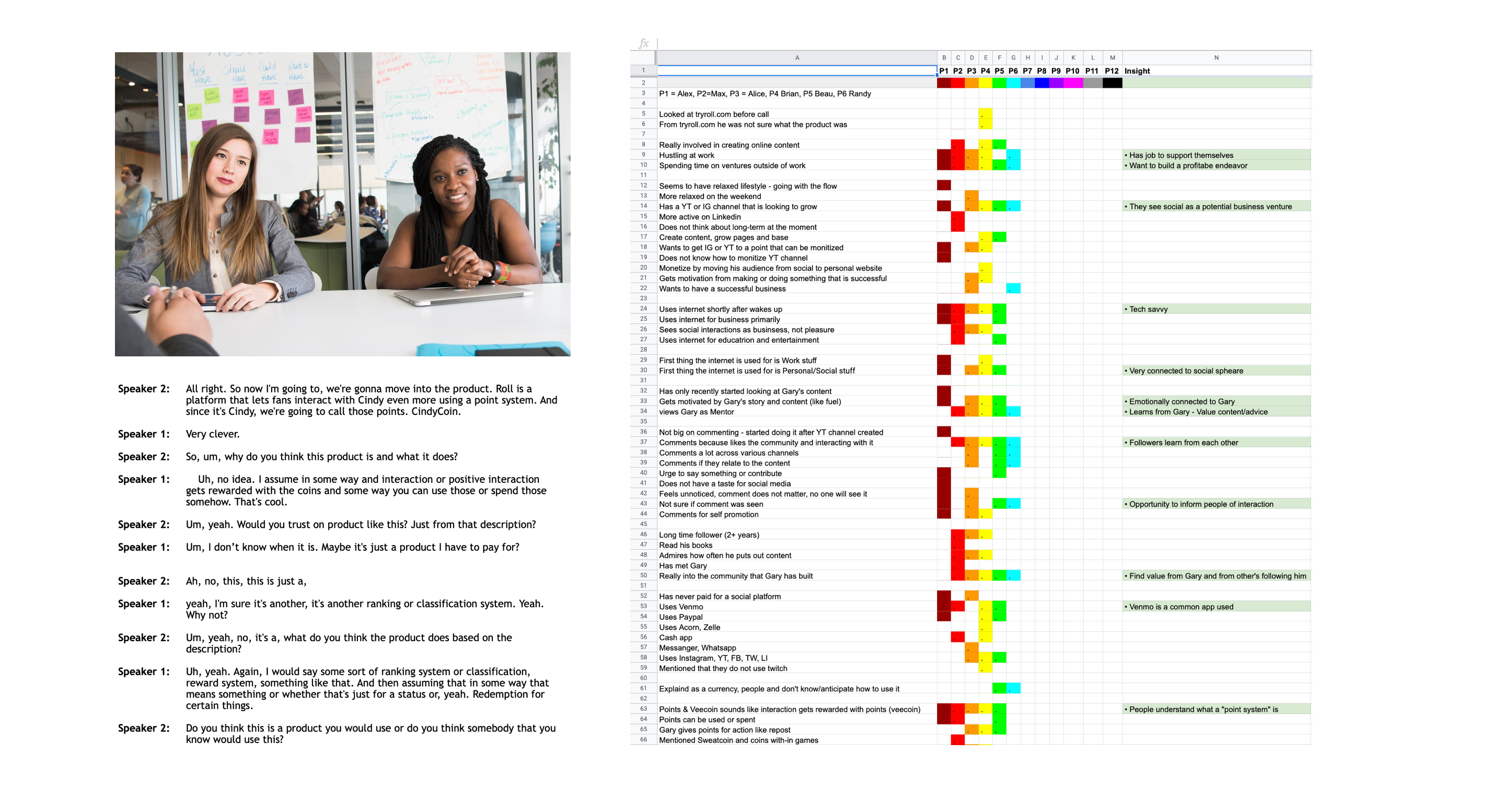
Conclusions
After synthesizing the results, it was clear to the team. The product was mixing very different visions together. One vision was the Social Currency and the other was a game for user engagement, that is the equivalent of building Paypal, Ebay and HQ Trivia at the same time. The decision was to kill Twirl, the trivia app, and focus on the Social Currency management system and a light e-commerce system to redeem tokens. We called this new product Roll.
